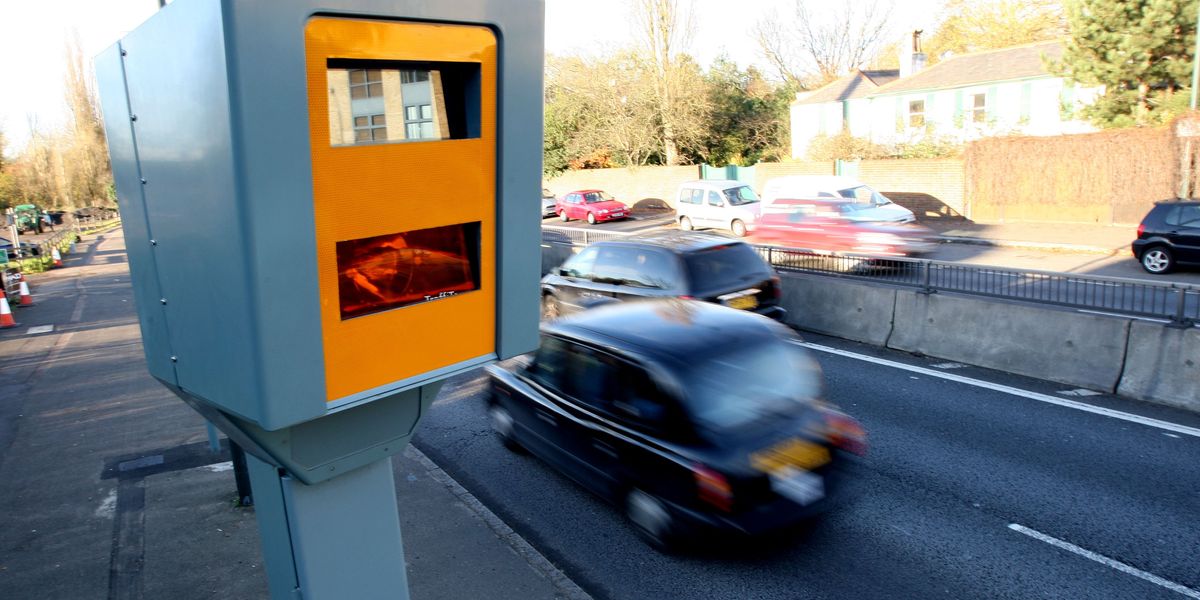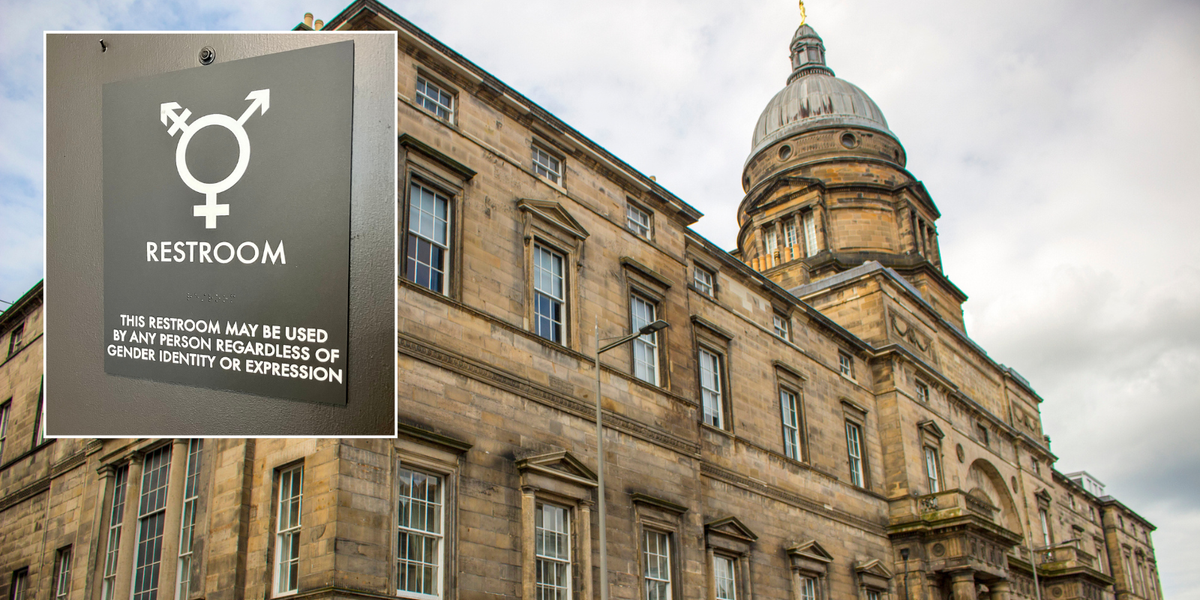It was not always so straightforward.
Historically, strikes by black and Asian workers, by groups such as the Indian Workers Association, had not necessarily been supported by the traditional trade unions.
There had also been widespread racism within the trade union movement, explained Preeti Dhillon, author of The Shoulders We Stand On: How Black and Brown People Fought For Change in the United Kingdom.
A 1976 strike at the Grunwick photo-processing factory in North London had been a “turning point”, she said.
It was action “mostly led by brown women striking for better working conditions”, the historian explained.
In order to garner support, the women went on a speaking tour around the country, addressing dockers, factory workers and miners.
“At [that strike’s] height, 20,000 people from around the country came to stand on the picket line with them, including the miners with Arthur Scargill,” Ms Dhillon said, referencing the National Union of Miners’ (NUM) president.
“That was a real show of solidarity between all members of the working class, regardless of race.”
When the 1984 miners’ strike came about, the move was reciprocated.









